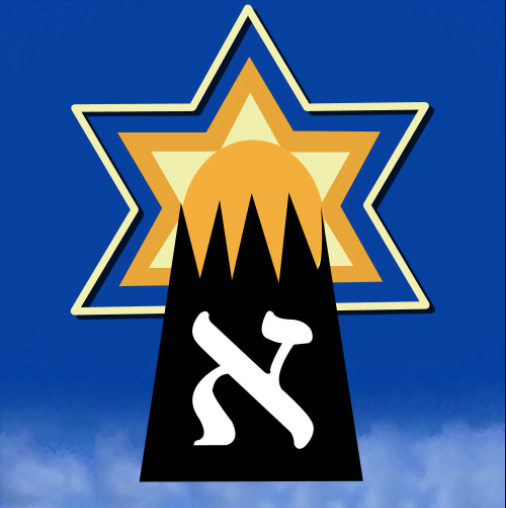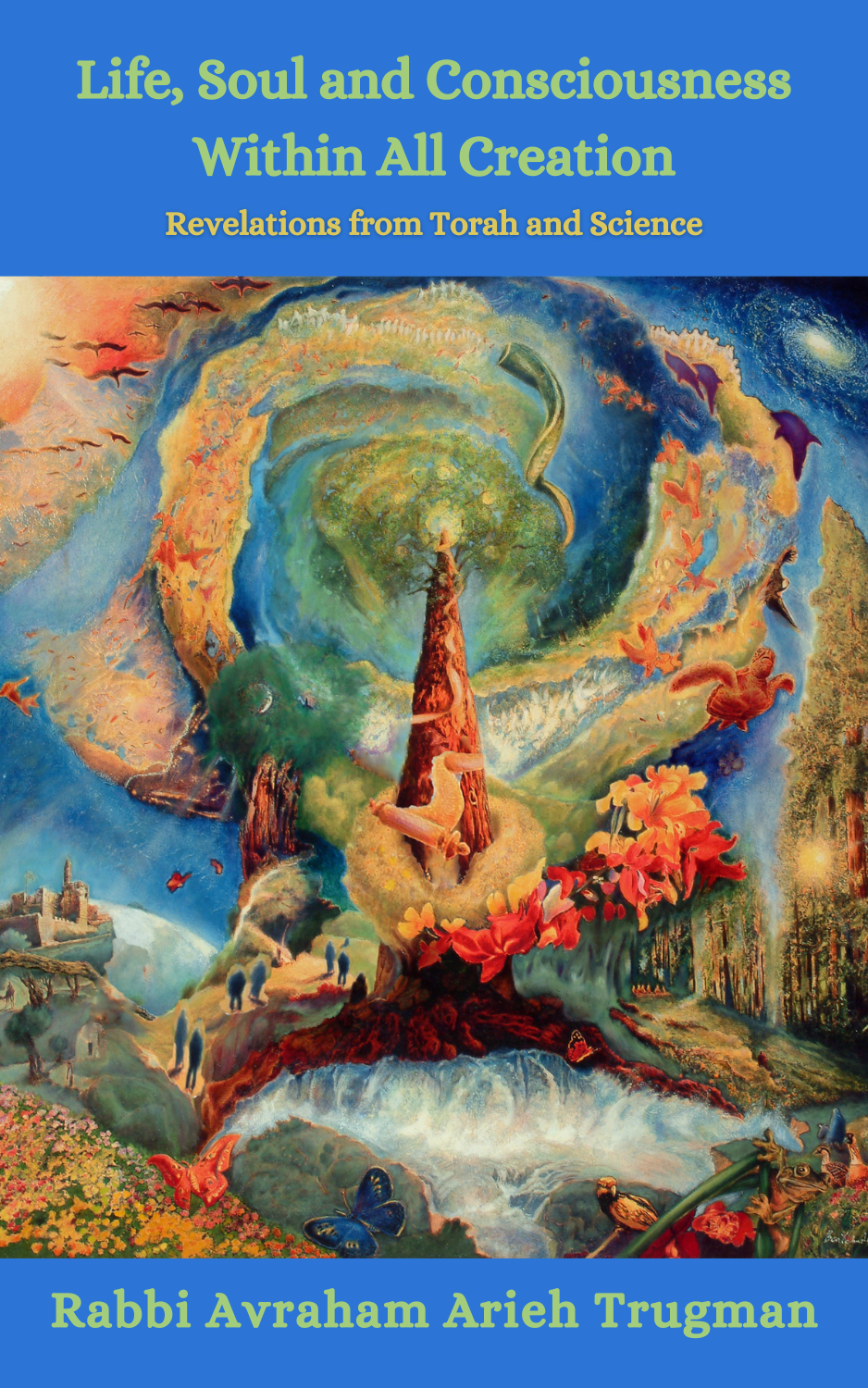As discussed above, one of the reasons offered in the Talmud for the special joy of Tu B’Av is that it was on that day that the people would stop felling trees for the altar in the Holy Temple. There is another day in the Jewish Calendar that is intimately connected with trees: Tu B’Shvat, designated as the New Year of the Trees. In fact, Tu B’Av has numerous parallels with Tu B’Shvat, as we will now explore. Both days fall on the 15th day of their respective months, making them both full moons. In fact, Tu B’Av is exactly six months after Tu B’Shvat, and thus they are situated 180° across from each other in the full circle of the Jewish calendar.
Another parallel between Tu B’Shvat and Tu B’Av is that each one heralds the beginning of a new season. In Israel, Tu B’Shvat ushers in the very beginning of spring, whereas Tu B’Av represents the very beginning of the waning of the summer sun, leading inevitably to autumn.
Before discussing the numerous parallels between these two days any further, it should be noted that there are many other days in the Jewish calendar that also fall 180° across from each other, creating a kind of 4th dimensional symmetry of meaningful connections that is woven geometrically throughout the calendar year. An example that was discussed in the section on Pesach parallels the holidays and significant events of the month of Nisan with the holidays of Tishrei. For example, Rosh Chodesh Nisan is exactly 6 months before Rosh Hashanah. Shabbat Hagadol, the 10th day of the month of Nisan, when Israel took a lamb in preparation for sacrificing it and putting its blood on their door posts upon leaving Egypt, is six months before Yom Kippur, the 10th day of Tishrei. The 15th day of Nisan, Pesach, is exactly six months before the 15th day of Tishrei, Sukkot. And finally, Hoshanah Rabbah, the seventh day of Sukkot, corresponds to the seventh day of Pesach. These temporal balancing points exist throughout the calendar year and provide us with numerous opportunities for meaningful reflection and symbolic connection between various times, themes and ritual practices.
With this in mind, we now return to our discussion of Tu B’Shvat and Tu B’av. As mentioned, Tu B’Shvat is referred to as the New Year of the Trees, and related to this, Tu B’Av has even more connections to trees beyond the original reason already stated above. For instance, one of the mitzvot in the Torah is not to eat fruit from newly planted trees during their first three years. We count the years of a tree starting from Rosh Hashanah, but in order to establish a tree’s first year, it must be planted at least forty-five days before Rosh Hashanah, which turns out to be Tu B’Av. Therefore, any tree planted during the year before and including Tu B’Av is considered to be one year old on Rosh Hashanah.
Similarly, Tu B’Shvat comes forty-five days before Rosh Chodesh Nisan. As discussed in great length above, there is a long discussion in the Talmud as to when the world was created – Nisan or Tishrei. This disagreement is resolved by the proposition that the world was created in thought or potential in the month of Tishrei, and in physical actuality in the month of Nisan. Thus, both Tu B’Av and Tu B’Shvat are forty-five days before these dual days of creation. (The significance of this period of forty-five days will be discussed further in the section on Tu B’Shvat).
However, according to tradition, Rosh Hashanah is actually the sixth day of creation, the day when humans were created, thus creation in general begins six days earlier on the 25th day of the month of Elul. Therefore, Tu B’Av is thus actually forty days before the beginning of the creation of the world. There is a tradition brought in the Talmud that forty days before the formation of an embryo, a voice goes out in heaven proclaiming “this person is meant for that person” (Sotah 2a). Based on this teaching, it is explained in Kabbalah and Chassidut that on Tu B’Av God, as it were, proclaims that Israel is His destined “soulmate.”
In the classic Chassidic text called Bnei Yissacher there is a remez, hint, to these forty days before creation in the first and last letters of the name Israel ( ישראל), as the letters yod and lamed together equal forty. Additionally, Lamed and yod together form the word li, “[to]me,” and they appear in one of the most beautiful passages that proclaim the deep love between God and Israel as being an eternal bond or marriage covenant: “I will betroth you to Me forever, and I will betroth you to Me with righteousness, justice, kindness and mercy. I will betroth you to Me with faith and you shall know God” (Hoshea 2:21-22).
The connection between creation and Israel is further confirmed by the tradition, discussed earlier, that when the thought arose, as it were, in God’s mind to create the world, “Israel arose in thought first.” This idea is further confirmed by Rashi’s commentary on the first word of the Torah where he brings the tradition that God created the world “for the sake of the Torah and for the sake of Israel, his first produce” — another connection to trees and fruit.
These teachings shed new light on the customs of Tu B’Av relating to young people going out to dance in the vineyards with the intention of finding their soul mates. This custom, born out of the tribes’ newfound excitement at being allowed to marry each other — and later in history, the tribes reinstituting marriage with the tribe of Benjamin once again — has in fact a much more primordial antecedent marking this day as a day of fruitful love for future generations: the love between God and Israel as expressed through the very act of creation itself.
The dancing that took place in the vineyards on Tu B’Av likewise has a parallel in the Kabbalistic Seder that takes place on the day of Tu B’Shvat. Based on the four cups of wine drunk at the Pesach Seder, the Seder of Tu B’Shvat also includes four cups of wine. Among many other things, each cup of wine represents a season of the year. The first cup is filled with white wine, and each subsequent cup contains more and more red wine to represent the gradual changing of the seasons; following this process we move from the dormancy (or “virginity”) of winter, represented by the white wine, to the fruitfulness of spring and summer, represented by increasing proportions of red wine, until a full cup of red wine, representing the ingathering of the year’s produce in the autumn. The first cup of pure white wine can be further connected to the virginal maidens all dressed in white as they went out to dance in the vineyards, and, along with the men, went looking for love and the opportunity to “be fruitful and multiply.”
One last connection between these two dates relates to the reason given in the Talmud, mentioned previously, that it was on Tu B’Av that the last group of people in the desert who thought they too would die realized that they had been spared. Spiritually and psychologically this was as if they were resurrected from the dead, as they had been living with a constant cloud of death over their heads. Related to this theme, we should note that during the winter, fruit trees and many other trees lose their leaves and become dormant. From an outside perspective, these trees appear to be dead. On Tu B’Shvat, however, the sap begins to flow in the trees again, which also represents a resurrection of the (apparently) dead world of vegetation. Both Tu B’Av, coming on the heels of Tisha B’Av, and Tu B’Shvat therefore express this profound dynamic of physical and spiritual revival.
These plentiful and poetic parallels between Tu B’Av and Tu B’Shvat confirm once again the multiples layers of meaning, association and deep resonance embedded within the cycle of the Jewish year. Truly, the more one delves into these secrets, the more one finds.







